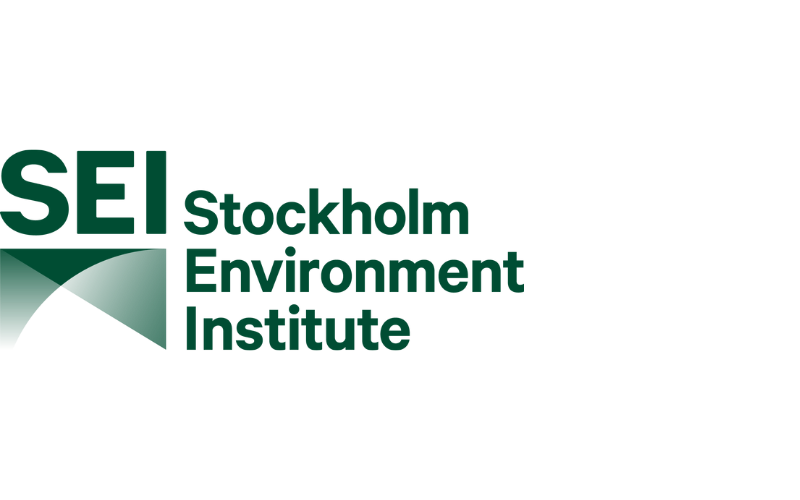case study 5:
- Global

ENRICHING weADAPT AND THE CONNECTIVITY HUB GLOBAL
- Global
Connecting and visualising the CCA knowledge landscape through the Connectivity Hub and weADAPT
Vision & Ambitions
The goals and tasks of this case study look as follows:
1) Improve weADAPT to support communities, planners, practitioners, students, researchers and policymakers in accessing and sharing climate-resilient adaptation information and strategies that inform local, national, regional, and global policy processes.
2) Break down silos and avoid redundancy, replication, and wasted resources while promoting collaboration, dialogue, and learning, by harnessing the wealth of existing knowledge across various portals, platforms, and publications, and providing guidance on how to connect this knowledge together.
3) Integrate weADAPT in EOSC. Ensure that climate adaptation knowledge is accessible within EOSC, increasing its usability for a broad range of stakeholders.
Description
Users cannot quickly and easily find information, which impedes communication, coordination and collaboration. Knowledge is increasingly online, but fragmented, unstructured and siloed so users find it hard to search and discover information that they may not know exists.
weADAPT is a global online knowledge-sharing platform designed to improve access to climate adaptation information, widely used amongst researchers, practitioners and decision-makers. Knowledge on the platform is organized around +25 themes and networks, and the platform also uses keywords to enhance discoverability.
This project aims to make climate adaptation knowledge more accessible, discoverable, and usable by developing improved taxonomies and knowledge graphs. We hope it will also improve communication and collaboration between different stakeholders.
The project will involve extracting, curating and making climate and non-climate information available. Key sources include climate data, socio-economic scenarios, case studies, adaptation measures, among others) from popular knowledge portals, platforms and publications, all of which are necessary to support the development and implementation of adaptation planning.
F2A Contribution
As part of this F2A case study, we will use AI to analyse the harvested content and automatically construct taxonomies and knowledge graphs.These tool will:
- Ensure resources are well-described to be more discoverable on weADAPT;
- Facilitatie more intuitive and accessible navigation of climate knowledge on the platform;
- Support the development of a a glossary with clearly defined terms.
Vision & Ambitions
The goals and tasks of this case study look as follows:
1) Improve the Connectivity Hub to support communities, planners, practitioners, students, researchers and policymakers in accessing and sharing climate-resilient adaptation strategies that inform local, national, regional, and global policy processes.
2) Break down silos and avoid redundancy, replication, and wasted resources while promoting collaboration, dialogue, and learning, by harnessing the wealth of existing knowledge across various portals, platforms, and publications, and providing guidance on how to connect this knowledge together.
3) Integrate the Connectivity Hub in EOSC.

